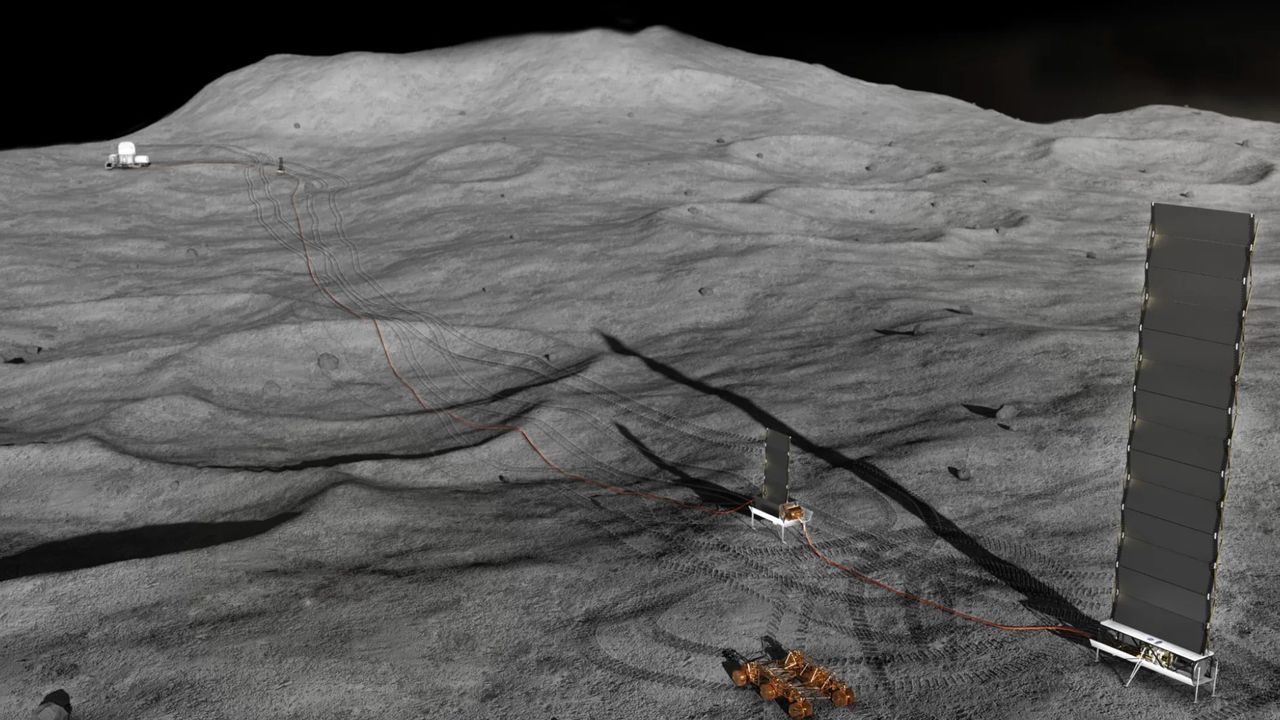NASA is advancing its plans to develop a nuclear reactor on the moon, aiming for a launch by 2030. The agency has been working on a 40-kilowatt fission system for several years. However, interim NASA chief Sean Duffy is set to announce a more ambitious directive this week, as reported by Politico. The new directive will instruct NASA to seek industry proposals for a 100-kilowatt nuclear reactor, which is essential for upcoming lunar missions.
This initiative aligns with NASA’s broader goals under the Artemis program, which aims to return astronauts to the moon and establish one or more bases on its surface by the end of the decade. A nuclear power system is crucial for these plans, as solar energy is not a viable option for a permanent crewed outpost. The lunar night lasts about two Earth weeks due to the moon’s slow rotation, making solar power unreliable during that period.
As NASA accelerates its efforts, it is also competing with China’s plans to establish a moon base in collaboration with Russia and other nations. Duffy’s forthcoming directive reflects a sense of urgency, as the first country to deploy a nuclear reactor on the moon could potentially declare a “keep-out zone,” which would pose significant challenges for the United States, according to Politico.
In a broader context, the urgency surrounding lunar exploration highlights the intensifying space race. NASA’s Artemis program is not only focused on lunar missions but also aims to establish a sustainable human presence on the moon, paving the way for future missions to Mars and beyond. The incorporation of nuclear power is seen as a pivotal step in ensuring the reliability and longevity of lunar operations.
The announcement of Duffy’s directive comes at a critical time for NASA. On July 9, 2023, President Donald Trump appointed Duffy as the interim administrator, following the withdrawal of the nomination for billionaire entrepreneur and private astronaut Jared Isaacman. As NASA navigates this transition, the focus remains on technological advancements and international competition in space exploration.
In summary, NASA’s commitment to developing a nuclear reactor on the moon by 2030 is a significant leap forward in its lunar ambitions. This initiative not only serves the agency’s goals of establishing a sustainable human presence on the moon but also positions the United States strategically in the evolving landscape of global space exploration.





































































